It may come as a surprise, but knitting and war have a lot more in common than one may think. In many countries including the United States, wartime has almost always involved knitters. Back in the day, women were encouraged to support troops from home by knitting socks and hats for them. However, even though knitting has been always associated with an innocent hobby of older ladies, during conflicts, it became much more than that.
“During wartime, knitting would often become a form of resistance”
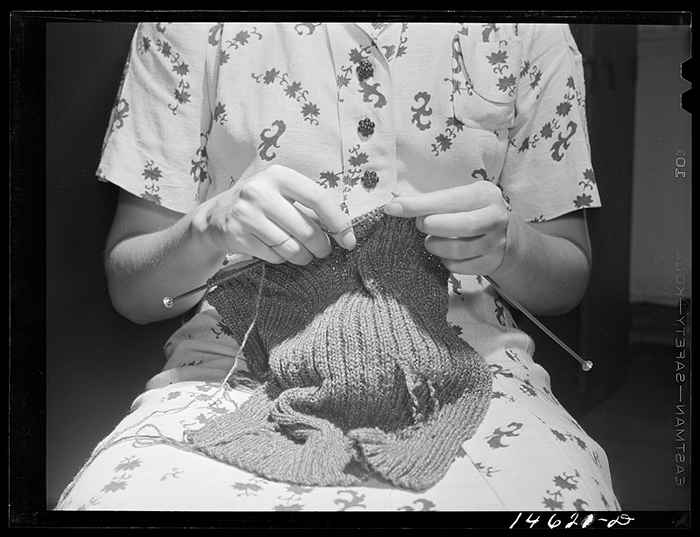
There exists quite a long history between knitting and espionage. Some would knit codes into the fabric, while others used knitting as a cover. Spies have been known to incorporate secret messages into knitting, embroidery, rugs. When war would loom dangerously overhead, there were knitters, sitting patiently, fighting their own fight, putting up their own way of resistance. It wasn’t just women who knitted – prisoners, hospital patients, children also contributed to the knitting craze. Soldiers who were wounded in the field would also be taught how to knit while at the hospital, which also had a therapeutic effect.
“Sometimes, people would hide codes in their knitting”
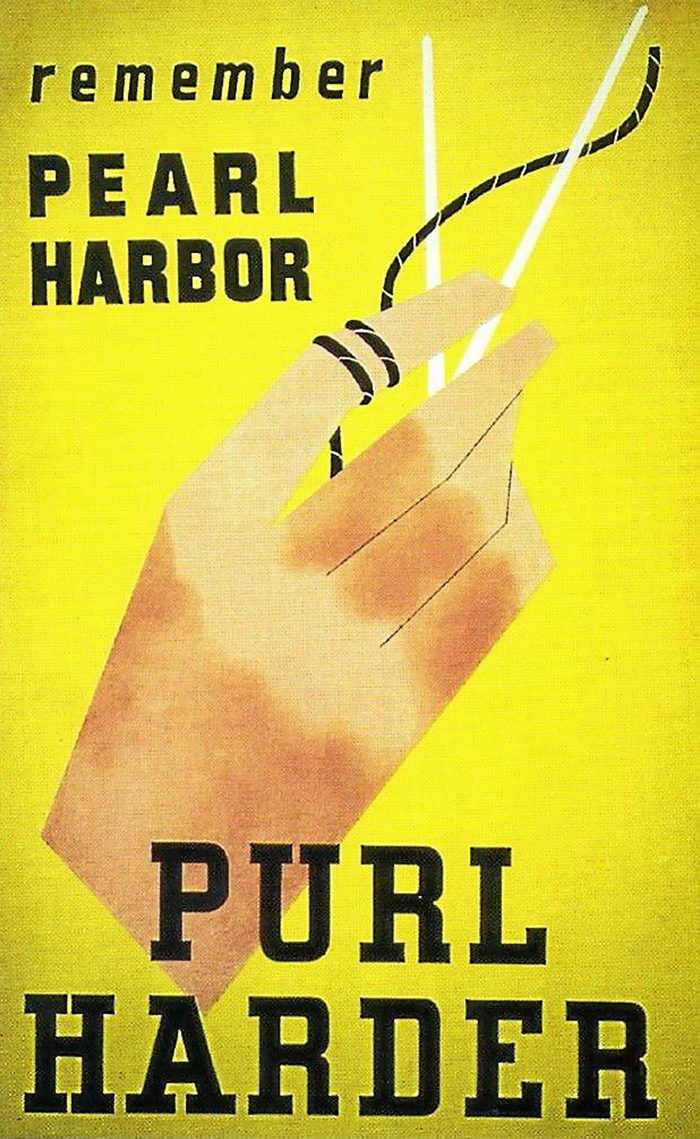
“Knitting would also be used as a cover for spies”
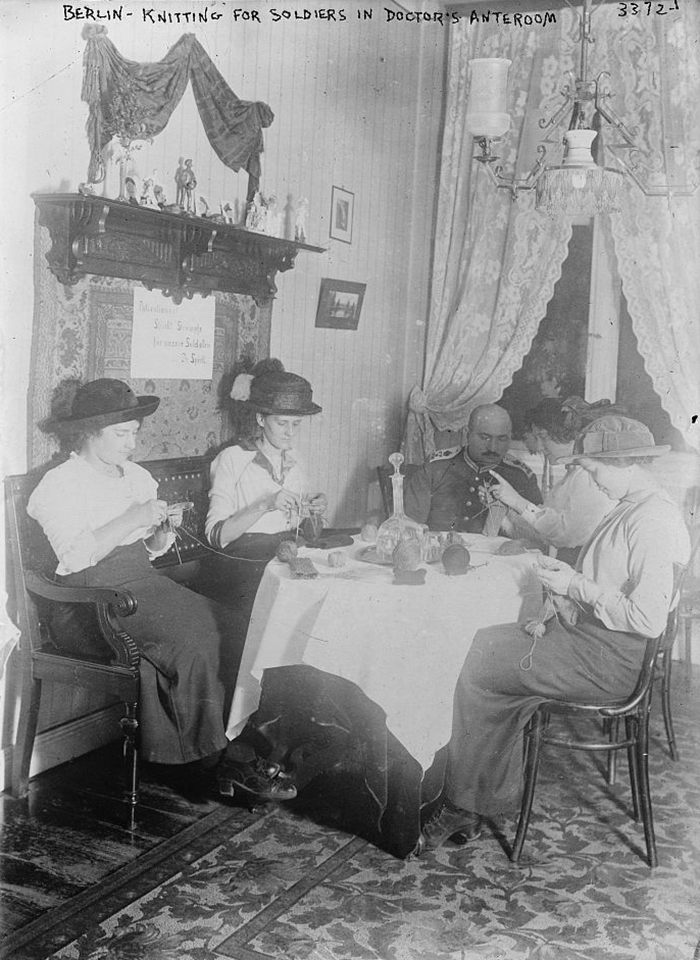
When knitters wanted to convey a secret message via their knitting, they used a form of steganography. That means that they would incorporate morse code in the fabric. Knitted garments are basically made of combinations of two stitches – a knit stitch (resembles a “v”) and a purl stitch (looks like a horizontal line or a small bump). Thus, by using these two types of stitches, knitters would work on a pattern that would convey an encrypted message, which then would be hidden in plain sight of an innocent-looking garment.
“Through the use of steganography, people would encrypt messages into garments they made”
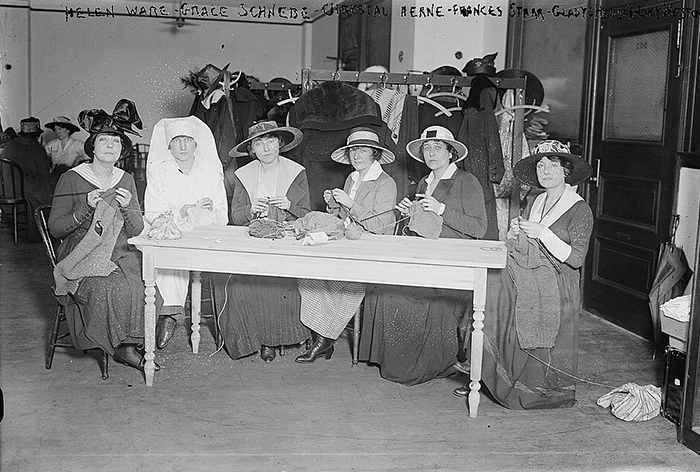
“With the help of morse code, it was relatively easy to encipher information into a fabric”
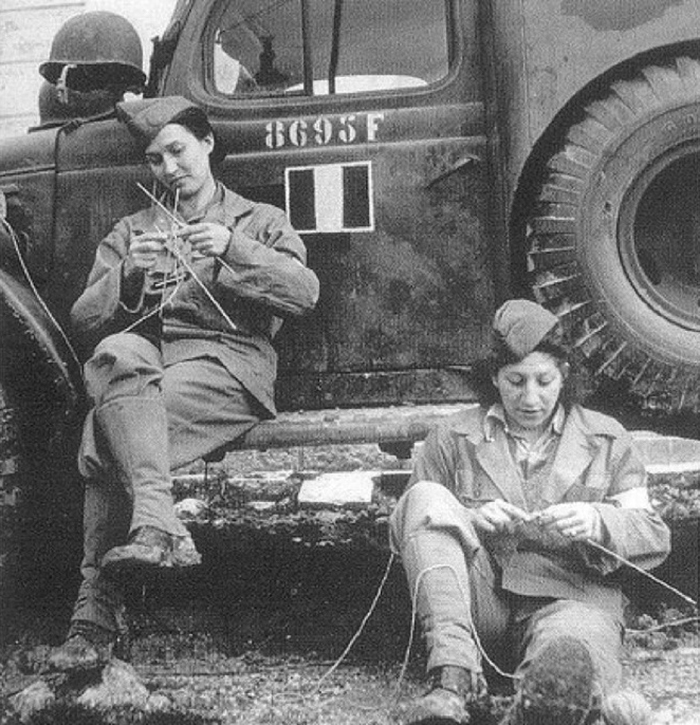
“During wartime, those who stayed at home were always encouraged to knit for the troops”
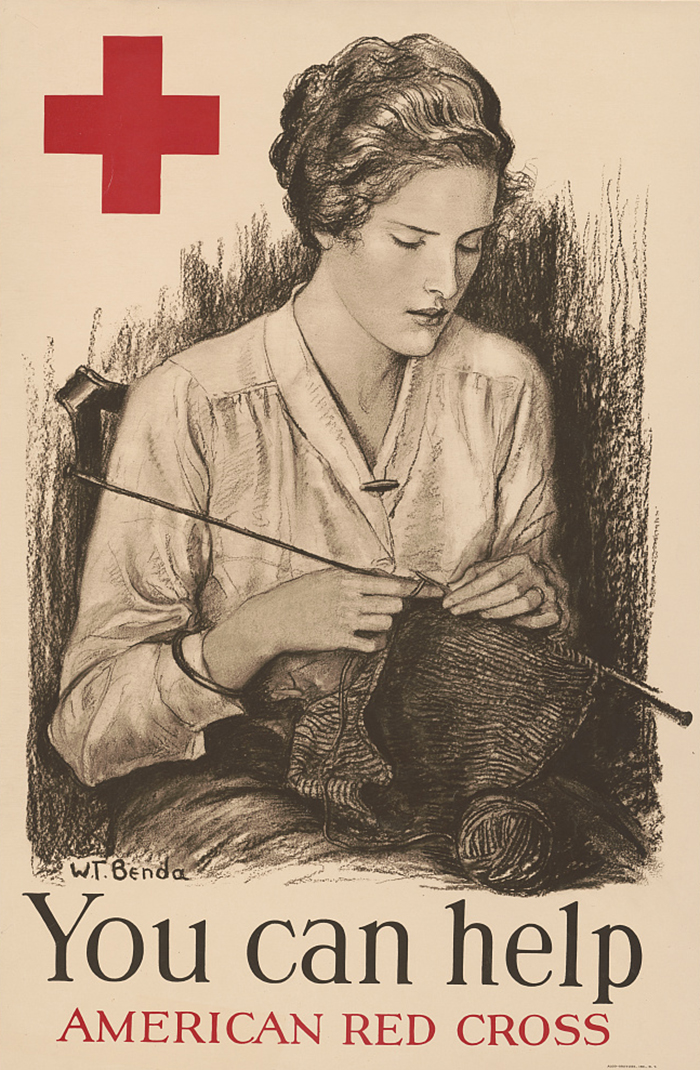
Knitting women were always a common sight, as they were encouraged to knit necessary items for soldiers during conflicts – meaning that it could be easily used to the spy’s advantage during wartime. People who didn’t want to risk putting in coded messages in their knittings, used knitting as a cover. One of the most famous examples was Molly “Mom” Rinker of Philadelphia. During the Revolutionary War in the United States, British troops would take over the homes of colonials and naturally, people were not pleased. When the Brits came to Molly’s house, they would not allow the men of the household into the dining area – only Molly was allowed to serve the soldiers, and she would then listen closely to their conversations. After that, she would write the information down on a small piece of paper, wrap it around the stone which would then get wrapped into yarn, making a seemingly plain-looking ball of yarn. Then, Molly would take it to a rock where she would sit and knit, dropping the yarn ball inconspicuously off the rock. When one of the men of George Washington would ride by, they’d pick up the yarn ball and thus, learn the secrets of the British military.
“Not only women would take up the hobby”
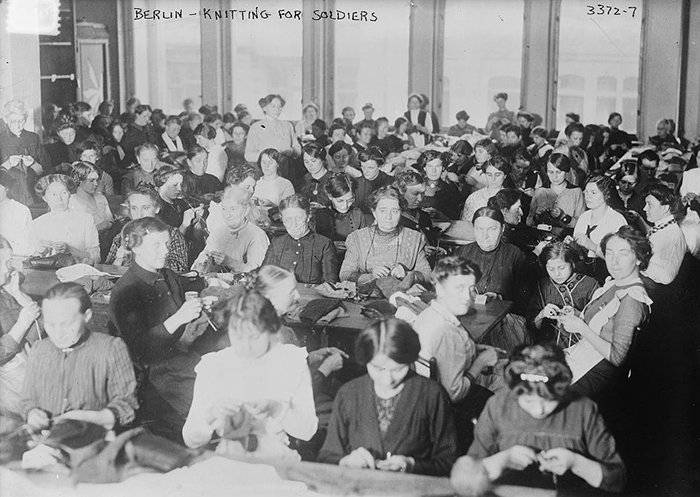
“Children were also taught how to knit”
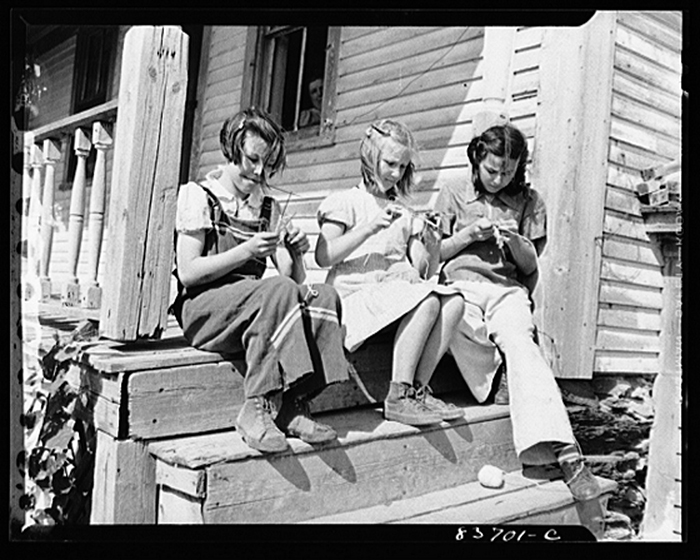
“Every stitch meant you were working for a soldier”
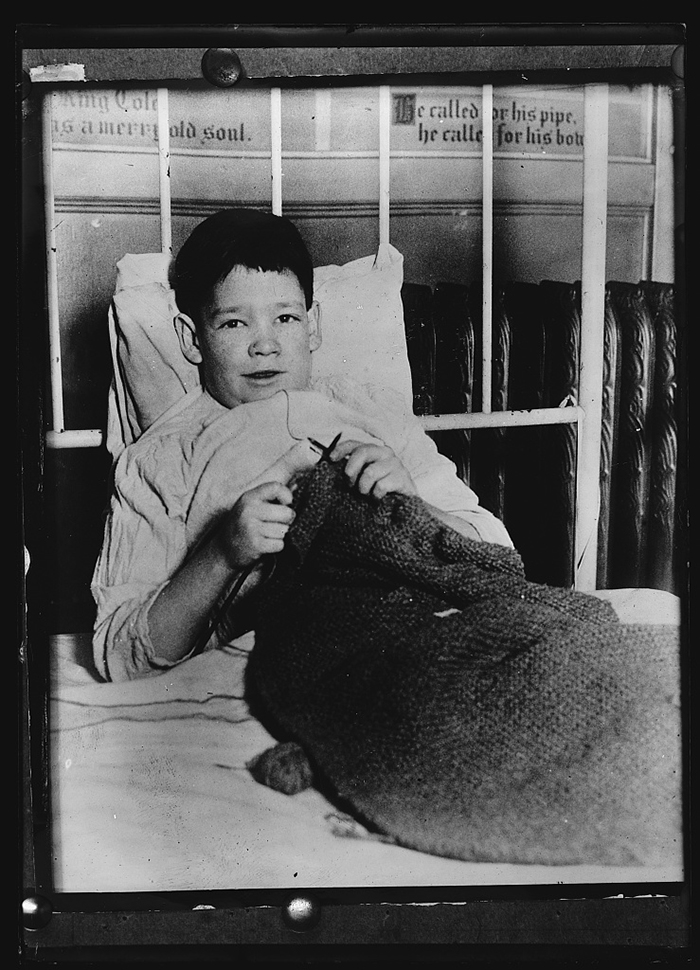
One blogger shared an intriguing story in which she remembers wartime and her family knitting for soldiers: “My mother, Shirley, knit during the war while delivering mail in a horse-drawn buggy. She told me that she would deliver the rural mail with her best friend Wanda, so they could enjoy private conversations away from the prying ears of her three brothers! One would have the reins while the other knit away at lightning speed. One of the misconceptions of knitting is that it’s a quiet, relaxing pastime. It is now but during the war, it was so important that a person ALWAYS carried a project and they worked until their fingers were exhausted. The soldiers NEEDED what was being made, so every stitch meant you were working for a soldier – showing him he was a part of the family. [My mother] told me that even the youngest children in the one-room schoolhouse were given needles and started out by making garter stitch blocks that would be sewn together into lap blankets. Scarves were VERY important and the need for them during the damp winters in Europe was incredible.”
by Neringa via Bored Panda - Source

No comments: